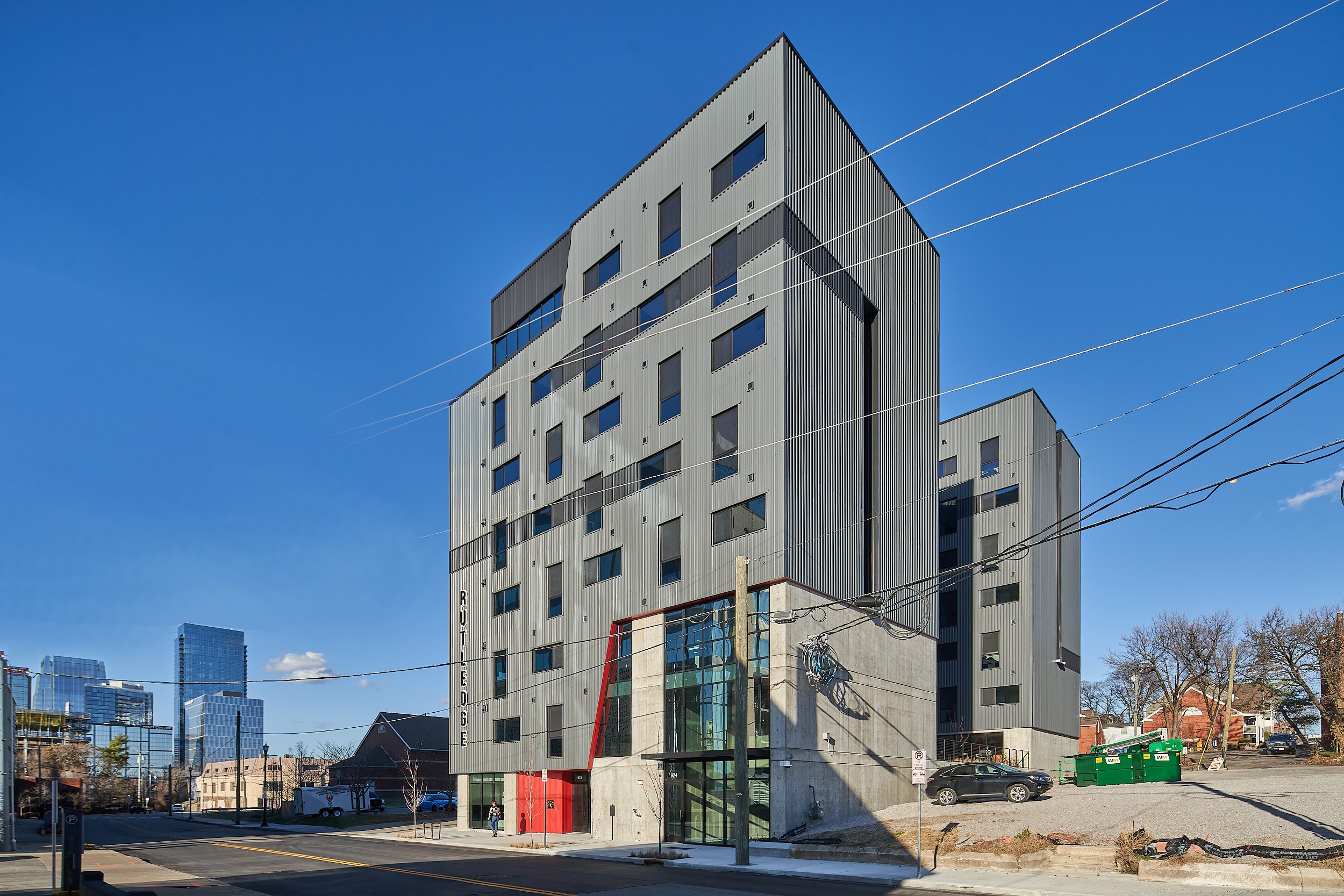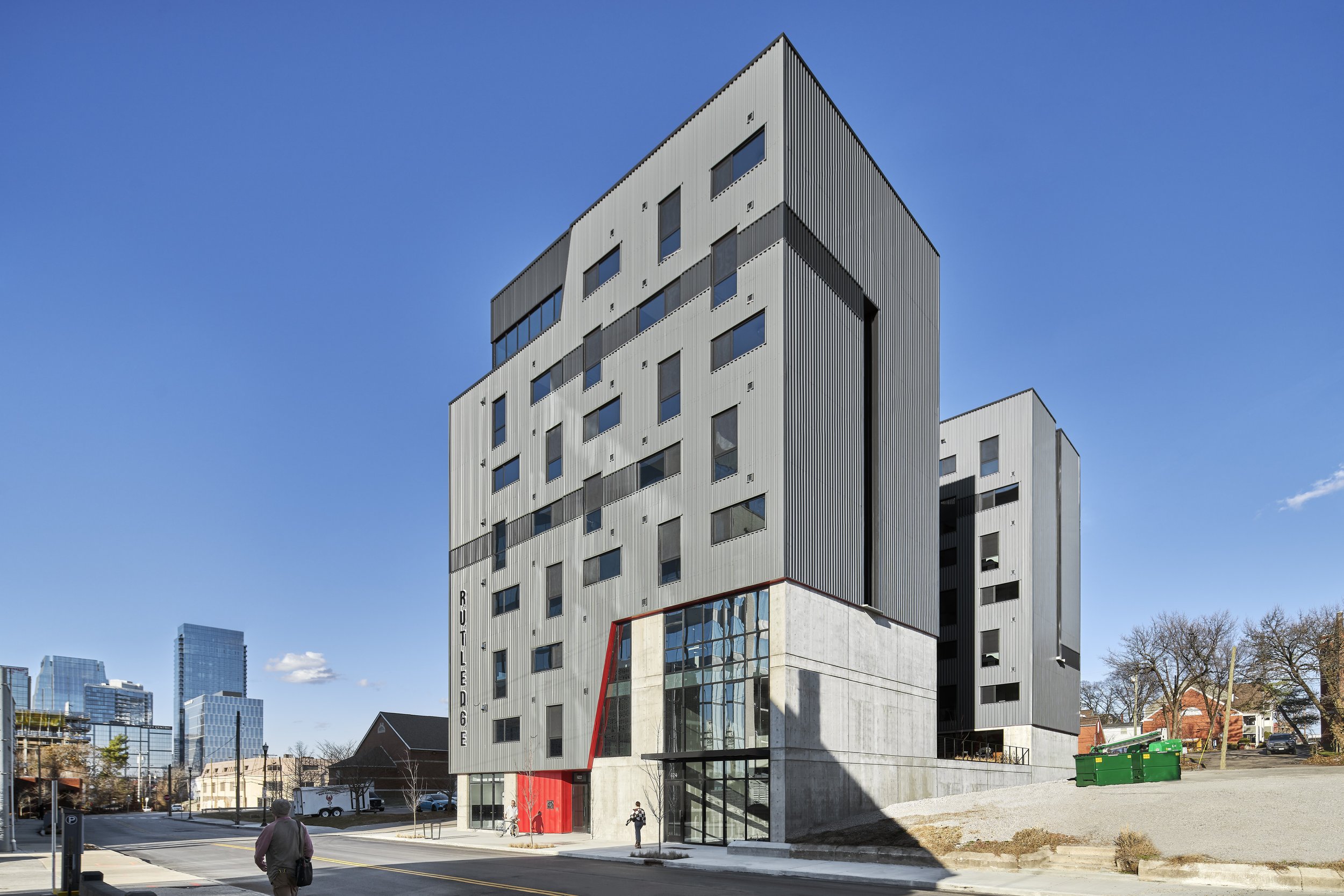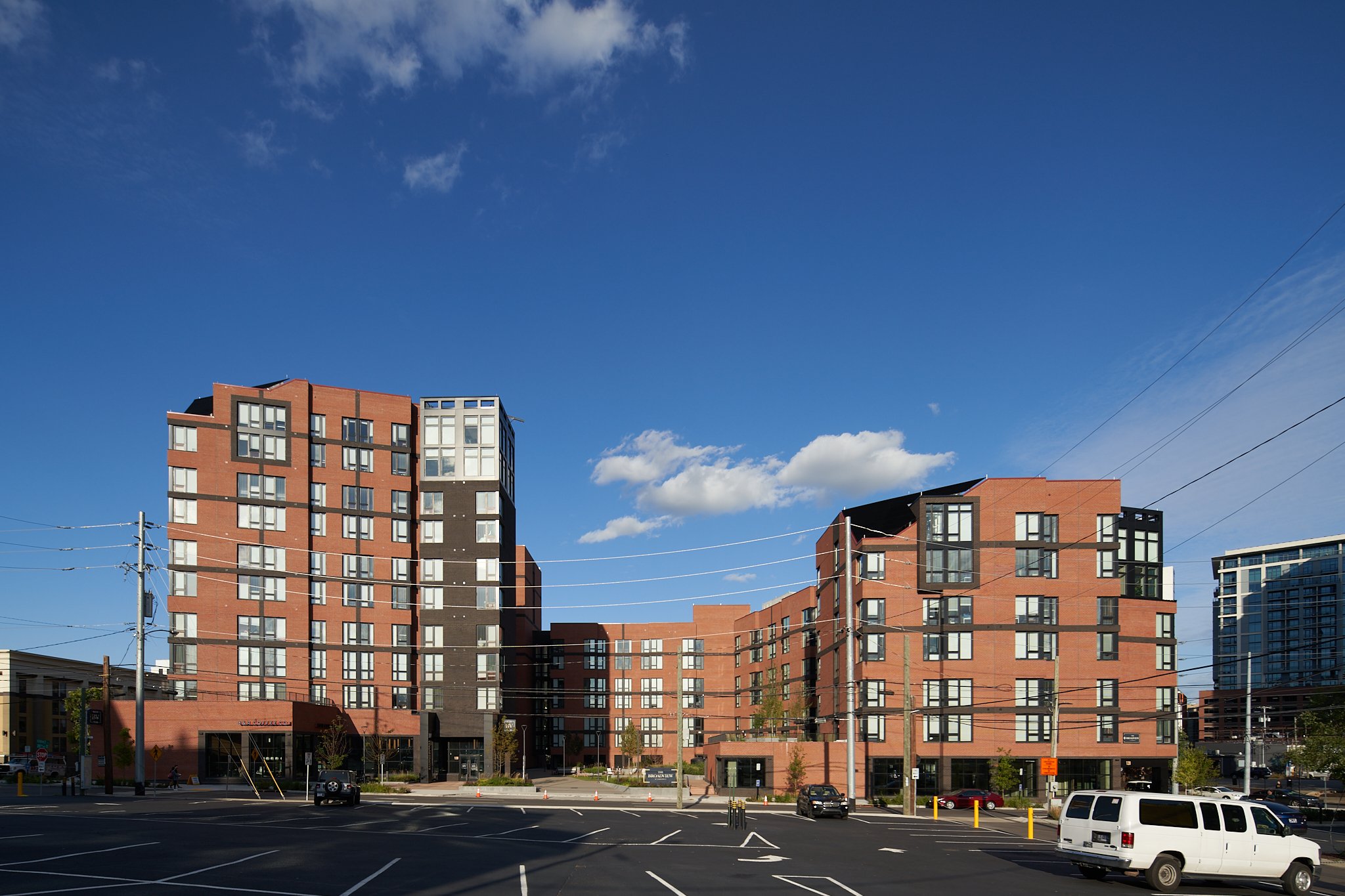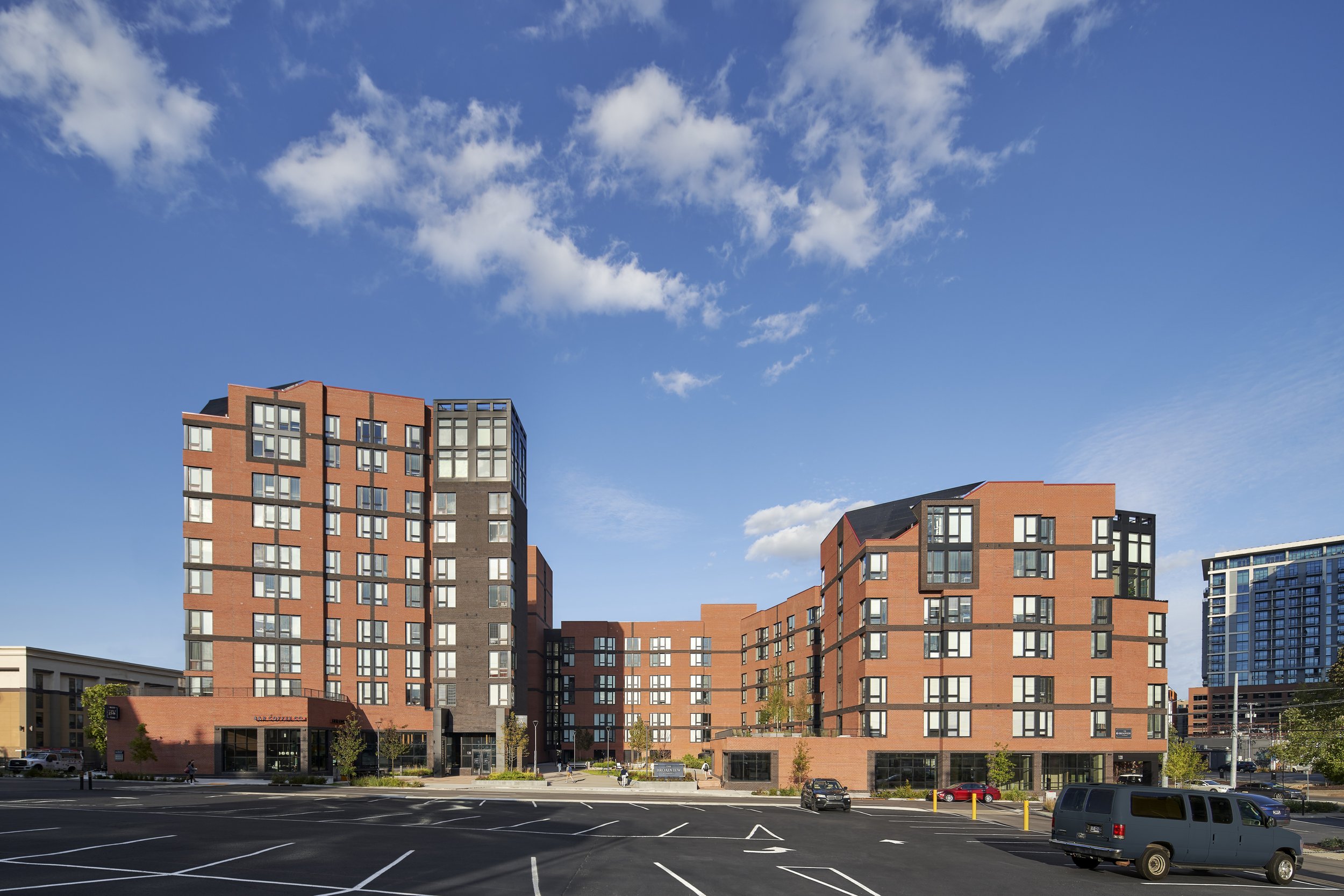AI in Architectural Photography - Friend or Foe?
The architectural and interior photography industry has undergone significant changes since the invention of the camera. With continuous technological advancements, the internet's increasing intelligence, and the rise of artificial intelligence (AI), various strengths and challenges have emerged.
As creatives, our field is ever changing. As an architectural and interior photographer, you have to look at these things as tools in your arsenal that should be used, not abused. In reality, AI, has become a necessary evil.
In one way, it makes life easier, turning a 30-minute task into a 10-minute one, but it also complicates things because we all expect more. People may say "just AI that out," and although we technically could, it isn't ideal. It's essential to keep in mind that AI comes with its own time requirements – it's not just a shortcut to instant results. The challenge is finding the balance in improving a photograph – how much is too much? You could spend hours adding, removing or enhancing. Nevertheless, dedicating the time to make a beautiful composition is just as pivotal as the editing process that follows.
The last time we witnessed such a buzz was the transition from darkroom to the digital age with Photoshop on computers. We remember the first time we tried using AI to change a gravel lot to a paved lot… AI generated a pile of asphalt millings instead of what we actually wanted. It’s all just a learning curve - for ourselves and the technology.
AI generates several highly beneficial functions, including the image upscaler, noise reduction, and auto-focus, helping photographers achieve precision in post-processing. Another notable feature is its ability to merge multi-stop photos, creating a broader dynamic range in the final image. Game changer.
One thing we don't foresee disappearing anytime soon is people's desire for authentic images. They want to see the genuine appearance of a space, experience it realistically, and observe the impact of the environment on its surroundings. The question often arises about whether to replace elements like the sky, storefronts, or people. While those are easier fixes, AI is also useful in eliminating undesired objects, such as light poles, signs, dirt on sidewalks, or even that worn-out old truck thats always parked in the very front of the building. These are instances where using AI doesn’t take away from the composition, it makes it better.
On the flip side, the growing prevalence of AI poses challenges for long-time industry professionals. This advanced technology could pose new challenges, as computer-generated work could become indistinguishable from real-life photography. However, it’s not. Architects, designers, and contractors encounter numerous challenges along the way. As architectural photographers, it’s our job to narrate the complete story of any given project. More importantly, we work to highlight the intricate work that has been created, collaborated on, and skillfully navigated by a dynamic design team. Whether that involves capturing a two-story concrete opening or a copper overhang, we are firm believers that our expertise surpasses AI capabilities in fully showcasing the designers craftsmanship.
There are people that are fearful that AI could one day use something like the Divinci Method or the ‘Rule of Thirds’ to create a perfectly angled photo of a space. The problem with that is, photos aren’t taken perfectly, almost ever. Architects, designers and contractors aren’t necessarily looking for that perfect image either. They’re looking for the design elements within a photograph that can help show their clients what their capable of producing. There’s something notable about human sense that AI can’t emulate; we can perceive what is real or fake almost instantaneously, proving that AI will merely act as a tool, not as a replacement.



